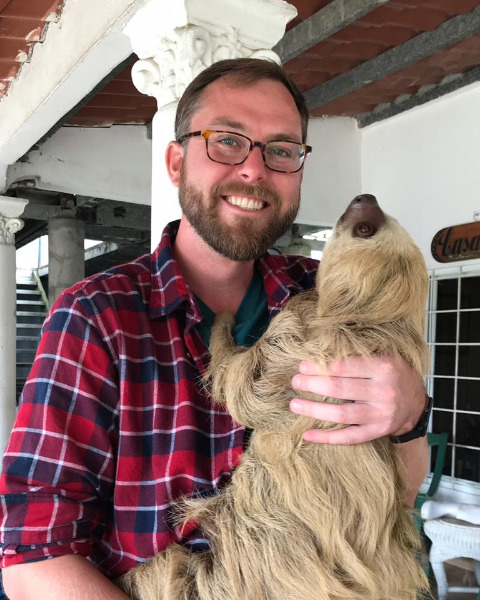Medical, Urban, and Veterinary Entomology
10-Minute Paper
MUVE: Veterinary and Forensic Entomology On-Demand Presentations
Nutritional analysis and evaluation of antimicrobial agents for screwworm fly mass-rearing diets
On-Demand

Paul V. Hickner
Research Entomologist
USDA-ARS
Kerrville, Texas- AS
Agustin Sagel
USDA-ARS
Pacora, Panama, Panama 
Alex P. Arp
Research Geneticist
USDA-ARS
Kerrville, Texas
Presenting Author(s)
Co-Author(s)
The New World screwworm fly, Cochliomyia hominivorax, is a major pest of livestock in South America and several Caribbean countries. Due to the implementation of the sterile insect technique (SIT) in the mid-twentieth century, screwworm was eradicated from North and Central America. One of many challenges associated with SIT and other programs that depend on mass-rearing insects is the development of a suitable diet. Early diets were comprised largely of beef, while the current diet is comprised of spray-dried blood products (bovine), egg and milk powder. Although the larval diet presently used for large-scale production of screwworm has worked well for colonized wild-type flies, the same diet has not performed well for transgenic lines. Here, we address this problem by evaluating the nutritional content of the current screwworm diet and compare it with tissues from livestock hosts. This work lays the foundation for the development of novel diets and highlights some potential issues associated with rearing transgenic strains that utilize antibiotics.

